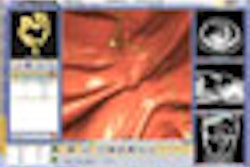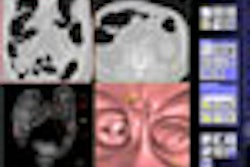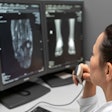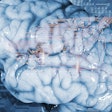Things were going so well in 2007 for the computer-aided detection (CAD) software market. Radiologists had long ago dropped their suspicion of CAD and were turning to the technology as a tool to help deal with growing workloads and dwindling human resources. The integration of CAD with advanced visualization and PACS software was proceeding quickly, offering the promise of CAD tools at the fingertips of physicians throughout the healthcare enterprise.

CAD proponents were quick to point out the study's shortcomings, ranging from its design to its exclusion of ductal carcinoma in situ (DCIS) findings from the study results. Some also pointed out that the research contradicted years of papers that had reported a beneficial role for CAD.
But despite their arguments, the consequences of the NEJM paper have been reverberating throughout radiology. As of press time, insurance giant UnitedHealthcare of Minneapolis is mulling whether to stop payment for CAD services for beneficiaries in its network. A final decision is expected in mid-November.
It wouldn't be unprecedented if CAD proponents were successful in getting UnitedHealthcare to change its mind. In July, they successfully lobbied ODS Companies of Portland to withdraw a new policy it had proposed for stopping CAD payments.
On a more positive note, CAD development continues unabated, and visitors to the RSNA show will witness the fruits of these labors. Look for vendors to highlight their efforts to incorporate CAD into 3D and PACS software, ending the era of CAD operating as a standalone silo apart from radiology department workflow.
Also keep an eye out for new clinical applications for CAD, from virtual colonoscopy to ultrasound breast imaging to prostate MRI.



















